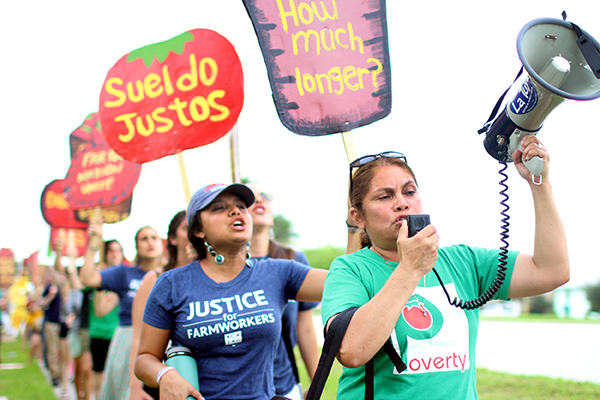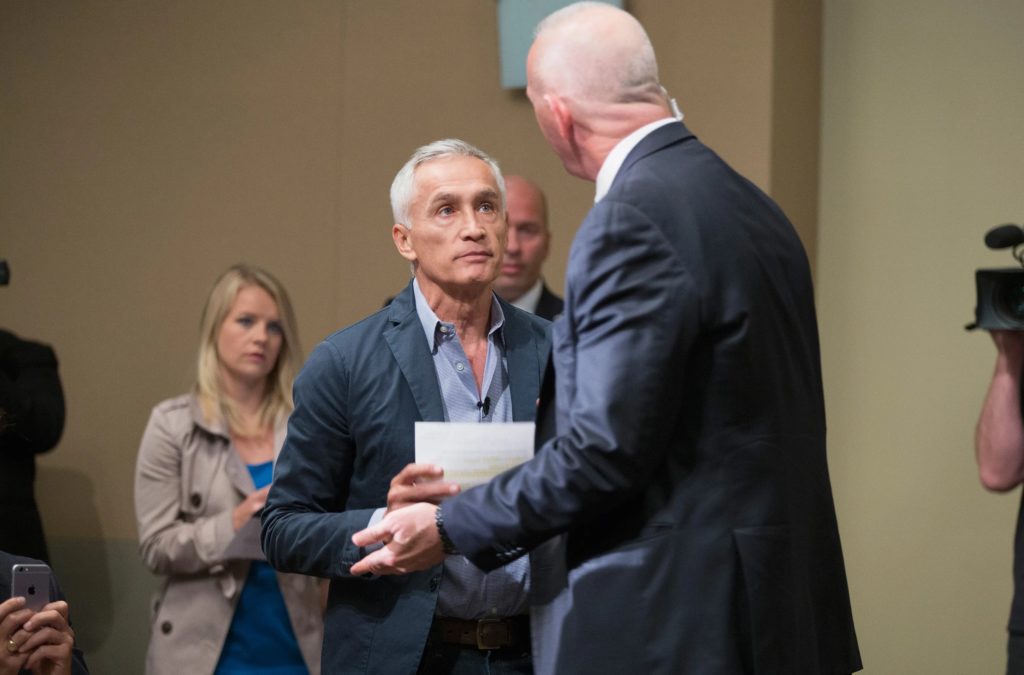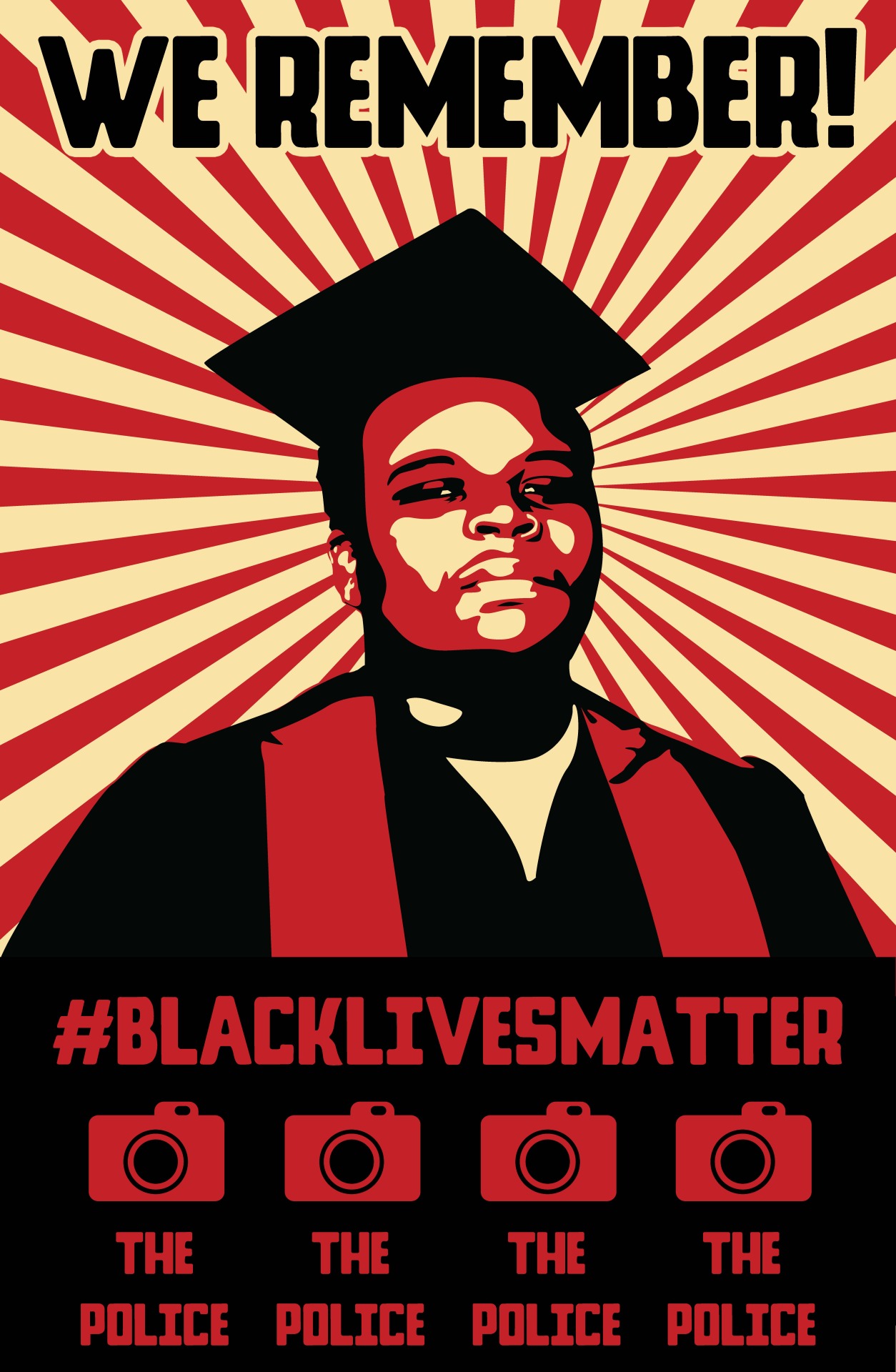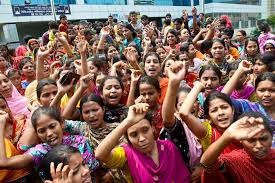It is disheartening to see the rampant misogyny and racism that has surfaced in the current U.S. Presidential election speeches, debates, audience reactions, and media coverage.
None of the Republican candidates running for President have shown any concern for women’s health. In their denunciation of Planned Parenthood and threatening a shutdown of the government if funding Planned Parenthood is included in the budget, we see their failure to connect with women, especially poor women, rural women, and teenagers, who need organizations like Planned Parenthood for their overall reproductive healthcare.
One would think a woman candidate would speak up for women in the electorate. Carly Fiorina is more ferocious than any of the male Republican candidates in her denunciation of Planned Parenthood, basing her argument on a dubious video created by an anti-abortion group. In the attention paid to the Republicans’ heated exchanges about Planned Parenthood, Hillary Clinton’s support of women’s reproductive rights has been drowned out while the uproar over her email server is driving her views of women’s health to the periphery.
Earlier this month, candidate Donald Trump deliberately failed to stop an audience member making anti-Muslim comments about President Obama and Muslims in the country. Since Trump is very much in the thick of creating the argument that Obama is not American, he let this comment feed into the larger Birther controversy. The racism that is ladled out by the Republicans is plentiful and the crowd that is swallowing it has a voracious appetite, having bought into the equation of illegal immigration and the devaluation of America both economically and culturally. Since the racism is so palpable and coming from the mouths of “authority,” the crowd feels very comfortable about ensconcing itself in it.
The media plays into the frenzy of the Republicans. Journalists use language that seem to celebrate the candidates, by calling them “bold” and “delivering change,” and for being “outsiders” and not succumbing to Beltway politics. An alien who walks into this media reporting would think he/she is hearing about someone progressive who has uttered profound truths for the betterment of humanity! Why is the media so fascinated by candidates like Trump, and why aren’t there more intellectual debates about the flaws and lack of historical understanding in the Republican debates?
Paralleling the Republican denunciation of illegal immigration is the crisis in Europe of migrants and refugees crossing the borders of Syria and Turkey into Hungary, Greece, France and Germany. Republicans are not addressing the refugee crisis for they have built a wall around their position. While part of the public in European countries is advocating porous borders, many Republican candidates are exploring the aesthetics of walls that can be built on the borders with Mexico and Canada.
Since Carly Fiorina is the only woman standing for elections among the Republicans, and Hilary Clinton among the Democrats, both women had to deal with their opponents’ comments that had nothing to do with their political positions. Trump commented on Fiorina’s “face,” saying her appearance would not inspire people to vote for her. When Hillary was First Lady in the 1992, some people remarked that she should be baking cookies instead of designing healthcare legislation. Today, she faces remarks about her age. Neither woman can escape comments about their clothes and hair. Hillary faces the additional demand to convey emotion, talk about her personal life, and periodically shed a few tears, so she can garner more votes.
Are we still at the stage of having to prove that women can run for office and be accepted for who they are in terms of their personalities? Do women running for office have to subscribe to stereotypical notions of gender? Will immigrants of color continue to be an anomaly in the Republican Party? Will Republicans ever recognize that while the U.S. is using global resources, it is hypocritical to talk about “walls” to prevent people from coming across its borders? Will the Republicans ever acknowledge that our economy is supported on the shoulders of “illegal” and “legal” immigrant women’s labor, from farm to factory to our dinner table?

(Photo Credit: Coalition of Immokalee Workers)





